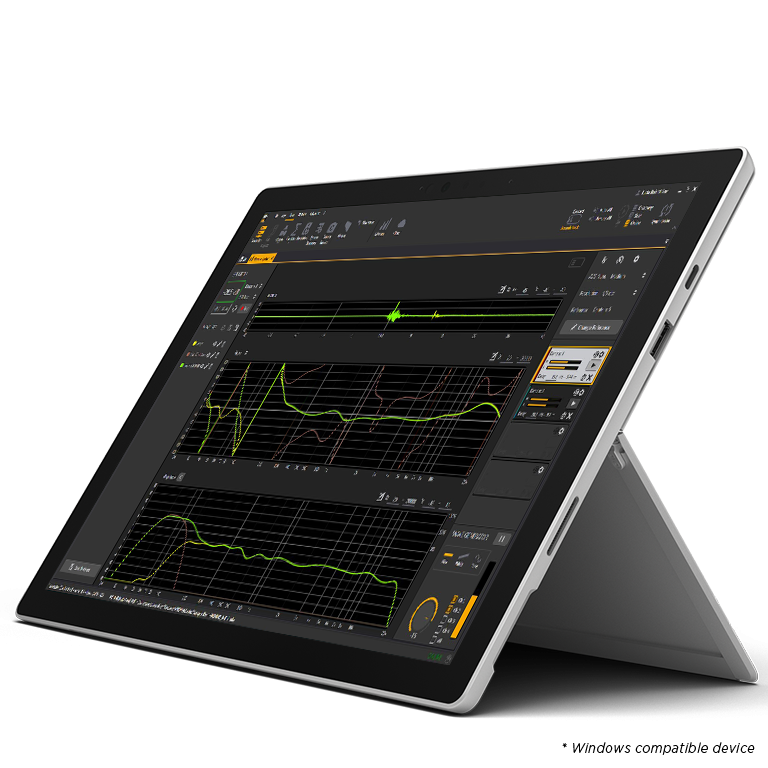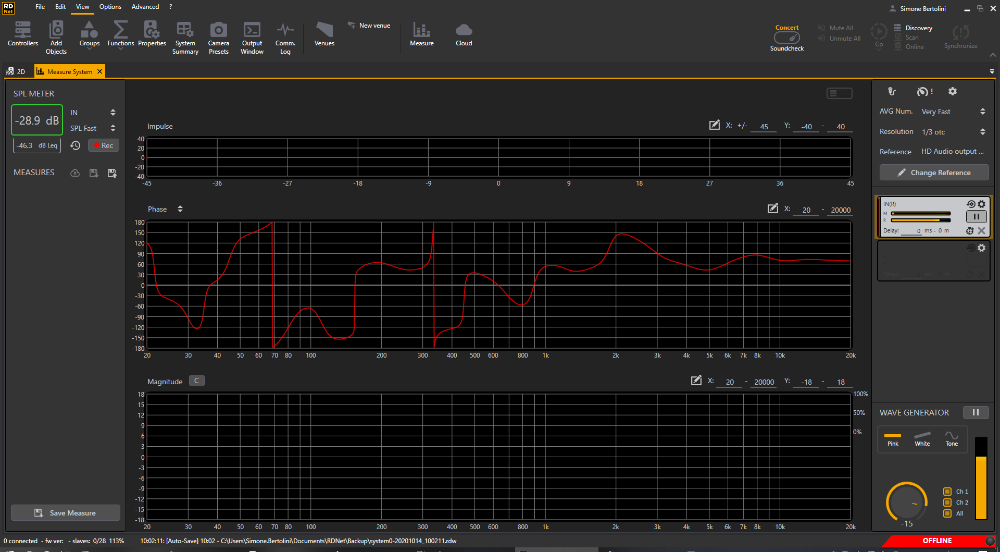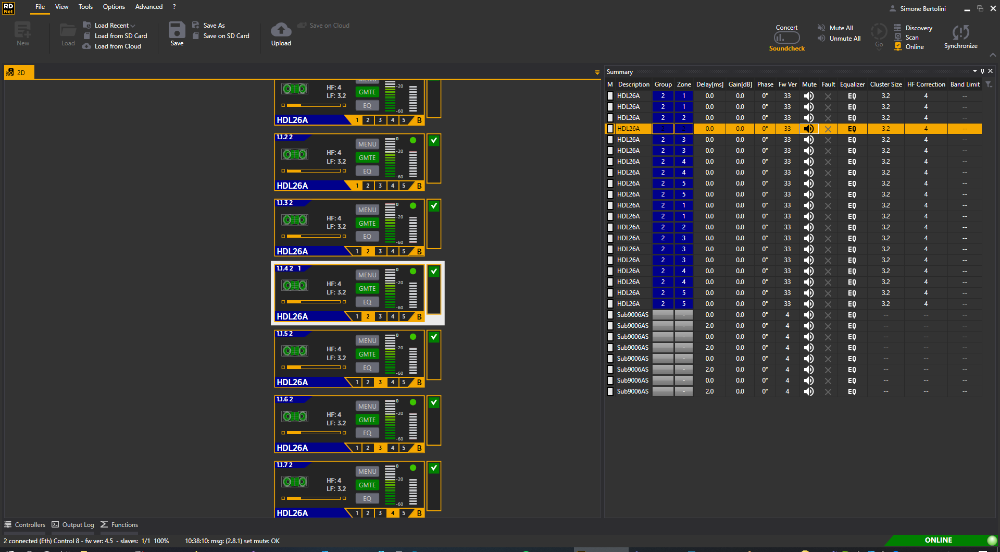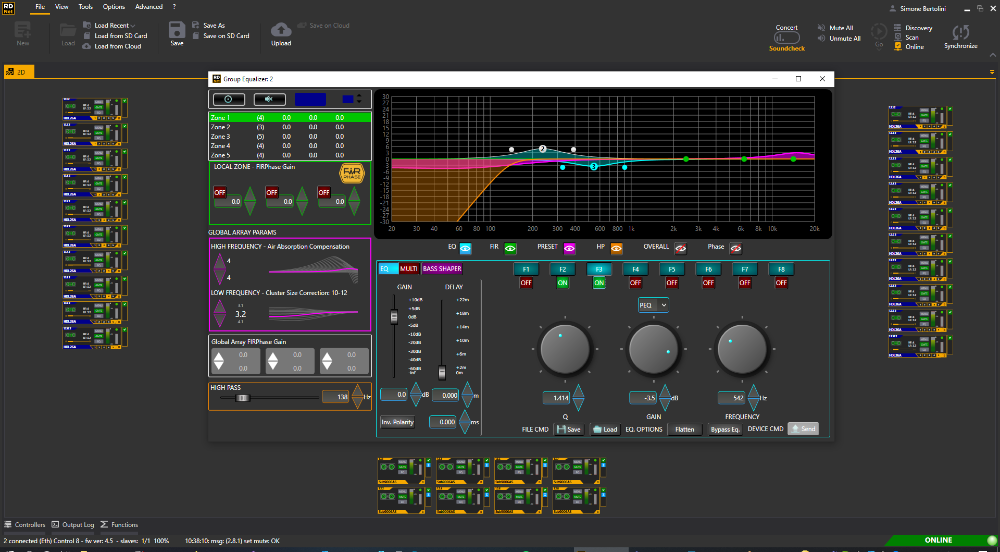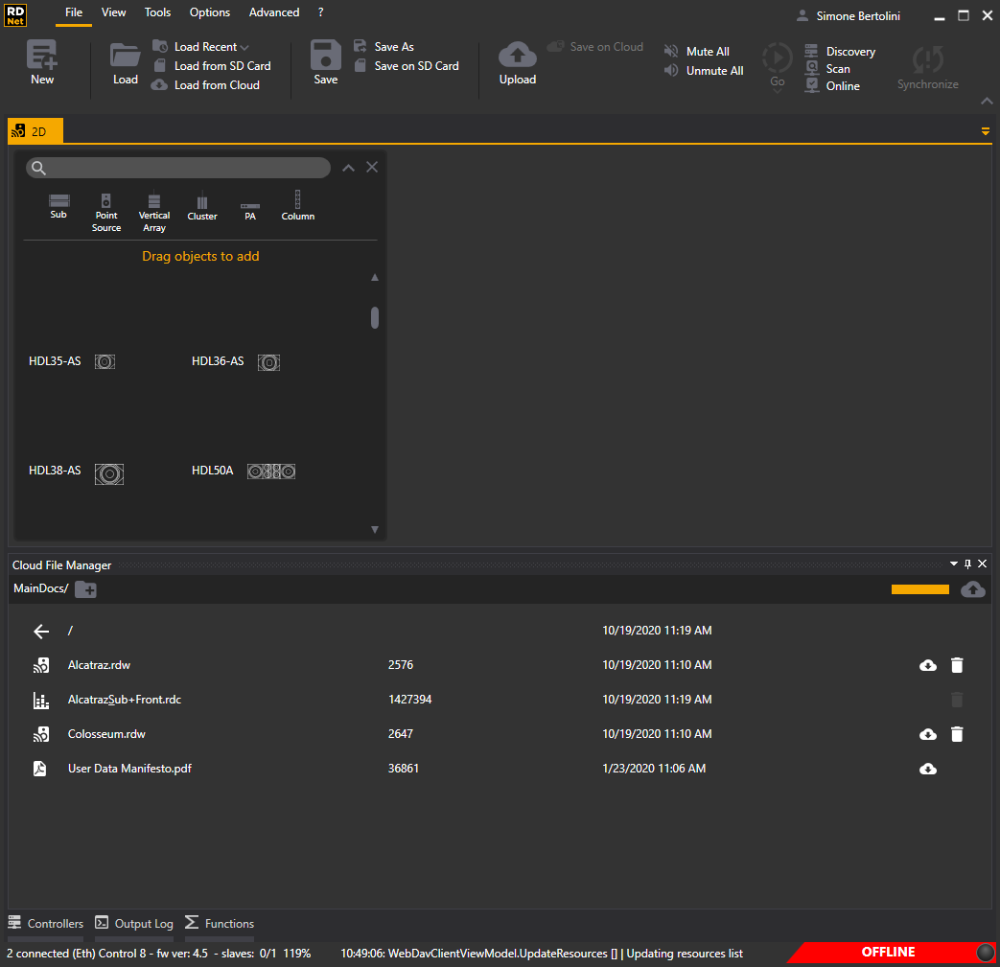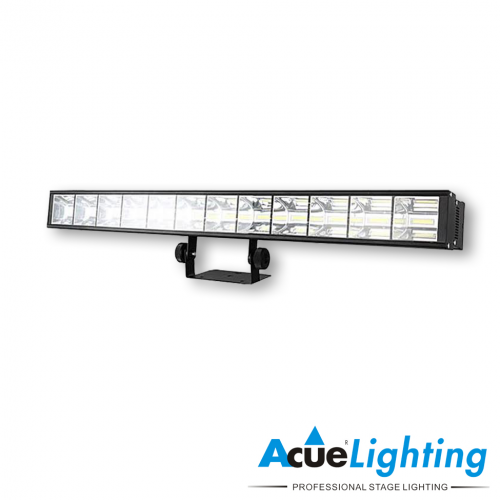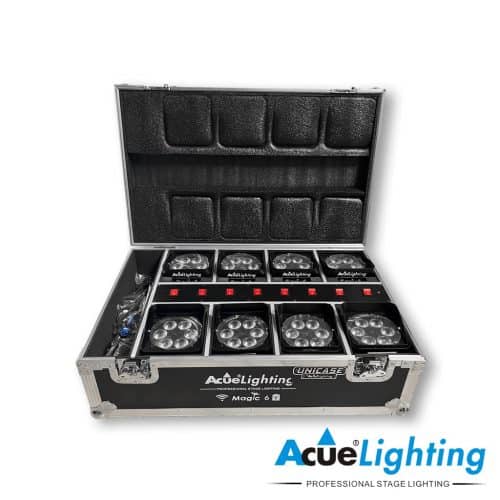Description
The toolbox for sound system design:
-The RDNet Scan function sequentially scans all audio devices, recognizes, assigns digital address labels, and adds devices as objects on the main window. The real-time monitoring features a multitude of parameters such as fan speed, temperature, the inclination of a single speaker, VU Meters, peak levels, and more. The operator has complete control of time delay and equalization of every speaker, individually or grouped. With its built-in DSP, each device is an active part of the system, able to store presets, receive commands, and continuously send status information. Comprehensive monitoring is standard in RDNet: VU metering, clip indicator, limiter intervention, device inclination, communication issues—down to the status of a single component or a transducer—and much more.
Take all appropriate measures:
-RDNet Measure is a powerful 4-input Dual-Channel FFT Audio Analyzer able to measure Magnitude, Phase, RTA, Coherence, and Impulse response. Functions included spans from a delay finder, a multiple signal generator, and an integrated SPL meter/logger with calibration tools. There’s no need for external software to get the job done.
Get the most out of your system:
-RDNet gives the ability to control devices in Groups for easy supervision. Arrays customizable Group properties are Zones, Air Compensation, Cluster Size, FiRPHASE Gain. When assigning Group Array objects in Zones: every Zone has its color for quick reference of set parameters. An incremental control shapes the Air Absorption Compensation, which can be very useful with changes in humidity or temperature (e.g., soundcheck on a sunny day, concert on a humid night). The line array’s low-mid shaping is automatically calculated on the Cluster size to obtain the perfect linear frequency response from the entire system.
Advanced equalizers:
-RDNet takes direct control of the internal EQ and High-Pass filter on each cabinet. There are many EQ types to choose from: PEQ, Shelving (hi-low), Butterworth, Linkwitz-Riley and Bessel. The system engineer can manage EQs in two different modes for fast editing on touchscreens. Every Zone has three different fixed equalizers with gain control, while each Array Group has global control of the FiRPHASE Gain for parallel increment/decrement of the Zone FIRs.
Straight-forward sound design:
-Shape Designer prediction software enables a two-dimensional acoustic simulation of the array configuration and suggest LF Corrections based on the cluster size. The system curvature angles and sound projection data are computed with maximum sound pressure levels for the given design. The software provides system curvature and weight, system rigging points, and cabinet angles.
Set-Up assistant:
-The System Designer chooses the best way to configure the system: Offline for the remote designer, or Online for selecting Soundcheck or Concert modes, for a safer system control during the show. Guided subwoofer configurations help the engineer to set up subwoofer Cardioids, Arcs, or EndFire configurations in one pass.
-The advanced Bass Shaper function fine-tunes the desired timbre on low frequencies to better match the spectrum overlap with subwoofers. Within a few easy steps, Bass Shaper corrects low-end behavior while maintaining tonal balance across the entire system.
-The advanced Bass Shaper function fine-tunes the desired timbre on low frequencies to better match the spectrum overlap with subwoofers. Within a few easy steps, Bass Shaper corrects low-end behavior while maintaining tonal balance across the entire system.
Networked speaker control:
-When the RCF sound system is connected via Control2 or Control8 interfaces, the system engineer has complete control of time delay and equalization of all speakers, individually or grouped. With its built-in communication board and DSP, each device is an active part of the system, able to store presets, receive commands, and continuously send status information of single components or transducers. Comprehensive monitoring is standard in RDNet: VU metering, clip indicator, limiter intervention, device inclination, communication issues, and much more.
Easy subwoofer configuration:
-Guided subwoofer configurations help the engineer to set up subwoofer Cardioids, Arcs, or EndFire configurations in one pass, while the Bass Shaper fine-tunes the desired timbre on low frequencies. With three sliders and a few steps, it’s easy to correct low-end behavior while maintaining tonal balance across the entire system.
Travel light on clouds
You don’t need your personal computer anymore. Just connect your computer to the web, sign-in to your account, and you are ready to go with a complete set of audio tools for your RCF audio system. You can also save your projects and measurements and recall them anywhere you are.
RDNet beta testing program
-Enroll in the RDNet Beta Testing Program. When enrolled, you’ll be able to contribute, check and verify all new features, weeks before its official release. Subscription to the program is enabled by clicking the “Beta” item in the drop-down menu at the top left of the software interface. Once this selection has been made, it will be necessary to restart the RDNet Launcher. The system can be restored to the stable release in the same drop-down menu.
Live sound and install audio applications
-RDNet is the RCF platform for the management of both live and installed systems.
One single network to control, route, and tune all RCF compatible devices, including the latest additions such as the DMA matrix amplifiers, VSA column arrays, and the new HD, HDL, and TT+ speakers.
One single network to control, route, and tune all RCF compatible devices, including the latest additions such as the DMA matrix amplifiers, VSA column arrays, and the new HD, HDL, and TT+ speakers.
Download the software
-The RDNet software is freely available for registered users on RCF’s website Download Section

